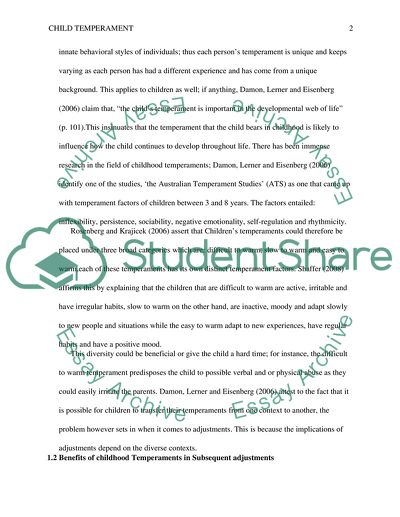Cite this document
(“The relationship between child temperament to subsequent adjustments Essay”, n.d.)
Retrieved from https://studentshare.org/psychology/1683571-how-does-child-temperament-relate-to-subsequent-adjustment
Retrieved from https://studentshare.org/psychology/1683571-how-does-child-temperament-relate-to-subsequent-adjustment
(The Relationship Between Child Temperament to Subsequent Adjustments Essay)
https://studentshare.org/psychology/1683571-how-does-child-temperament-relate-to-subsequent-adjustment.
https://studentshare.org/psychology/1683571-how-does-child-temperament-relate-to-subsequent-adjustment.
“The Relationship Between Child Temperament to Subsequent Adjustments Essay”, n.d. https://studentshare.org/psychology/1683571-how-does-child-temperament-relate-to-subsequent-adjustment.


